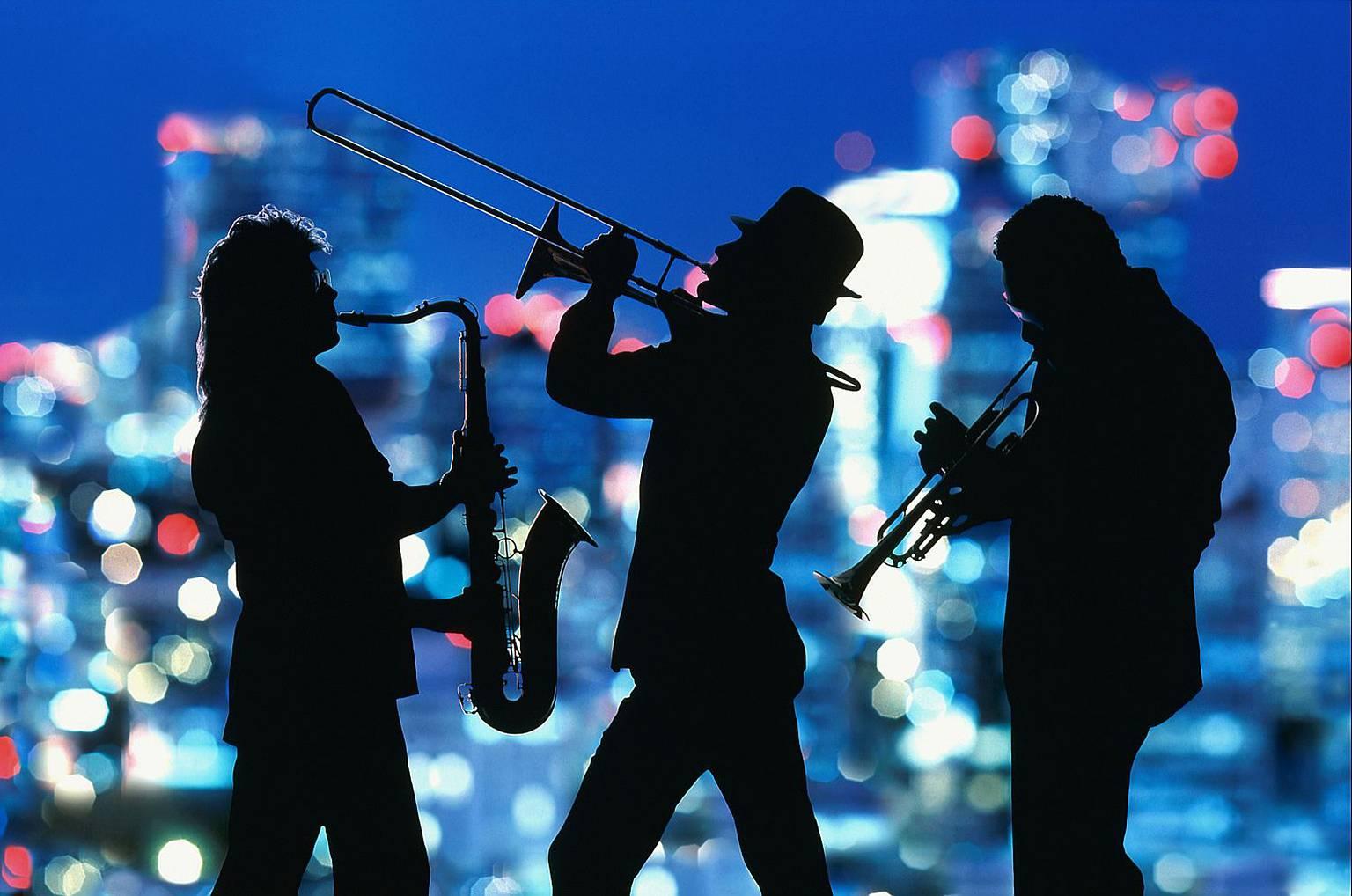Jazz music, widely recognized for its improvisational nature and rich rhythmic swings, has its roots in late 19th and early 20th century New Orleans. This groundbreaking genre, initially shaped by the collective experiences of African Americans, soon gained popularity and evolved into a multi-faceted form of music rich in cultural diversity and complexity. It became a perfect marriage of African folk music’s improvisation, spiritual style, rhythmic complexity and the harmonic structures of Western music.
Characterized by syncopated rhythms, polyphonic ensemble playing, and often deliberate deviations of pitch–jazz, from its inception, was always about the “spirit” or “feel” of the music. Unlike classical music where precision and strict adherence to the composition is central, in jazz performing identical scores differently is the foundational fabric of the genre. This distinguishing trait fuels the creativity of jazz artists and produces the distinct sounds of celebrated musicians.

In the Jazz Age, the 1920s, jazz music began to spread across America–a cultural wave connected with the optimism and increasing leisure time availability of the post-World War I era. The invention of radio and the recording industry took the genre beyond live performances, introducing it to the broader public. Jazz became not only an American phenomenon but a global one, influencing music, dance, fashion, and even language.
Over time, jazz continued to adapt to the changing musical landscape, birthing various sub-genre such as bebop, free jazz, fusion and smooth jazz. These evolved genres reflected the social and cultural changes, incorporating elements from other popular music trends, yet always preserving the unique improvisational nature of jazz.
Countless musicians have contributed to the ever-evolving body of jazz. From Louis Armstrong, Charlie Parker, and Dizzy Gillespie to Miles Davis, John Coltrane, and Thelonious Monk, these pioneering individuals pushed the boundaries of jazz, creating personal and innovative styles that furthered its evolution.
Today, jazz holds a respected place in the annals of music history. It continues to demonstrate its adaptability and resilience, incorporating modern musical elements and being creatively reinvented while still maintaining its core essence. Jazz remains one of the truest expressions of cultural identity, social consciousness, and human emotion, making it not only a musical genre but a testament to the human spirit itself.
In conclusion, Jazz is more than just a genre of music; it’s a rich tapestry of history, filled with layers of cultural and social resonance. This genre, through its deep roots and broad wings, has influenced and been influenced by the world, continually offering a platform for self-expression and pushing the boundaries of musical creativity. Ranging from the soothing lullabies to wild improvisations, jazznblues.org is a language that talks directly to the soul.